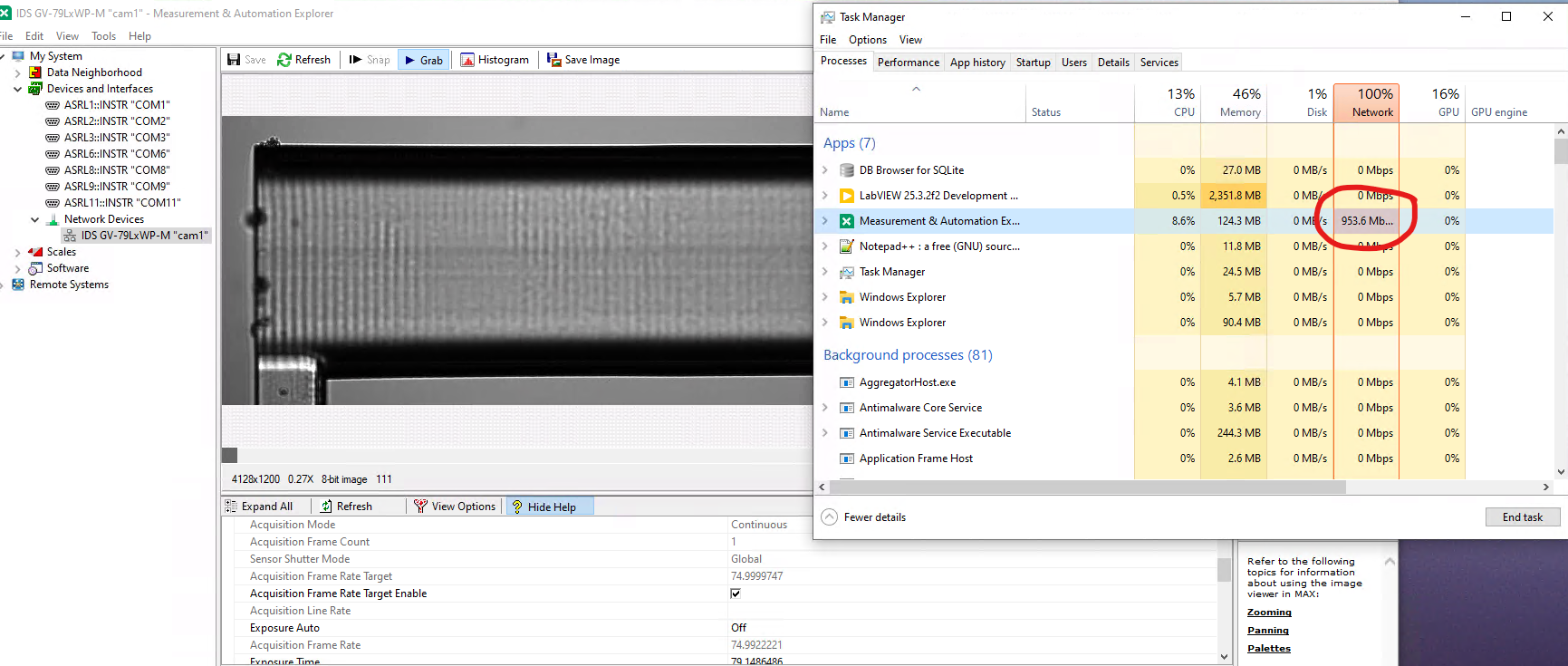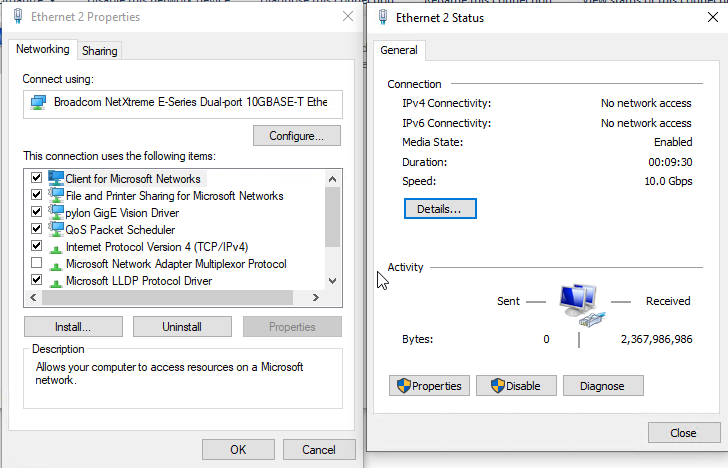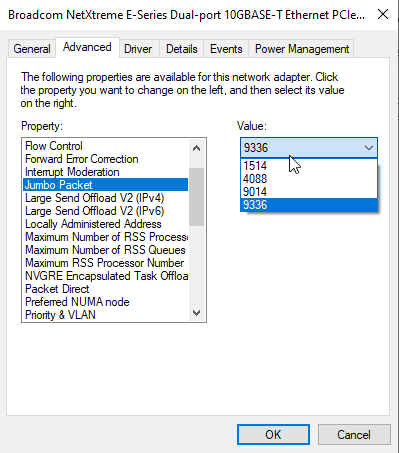-
Posts
302 -
Joined
-
Last visited
-
Days Won
1
Content Type
Profiles
Forums
Downloads
Gallery
Everything posted by Thang Nguyen
-
Thanks for your help regarding my issue about writing override accessor VI. I decided to remove my question because I don't think it is helpful for community. I try to remove the interface class and recreate a new parent class again. At this time, I can changed all inheritance to new parent class as it supposed to be. I don't understand why I cannot do it before.





